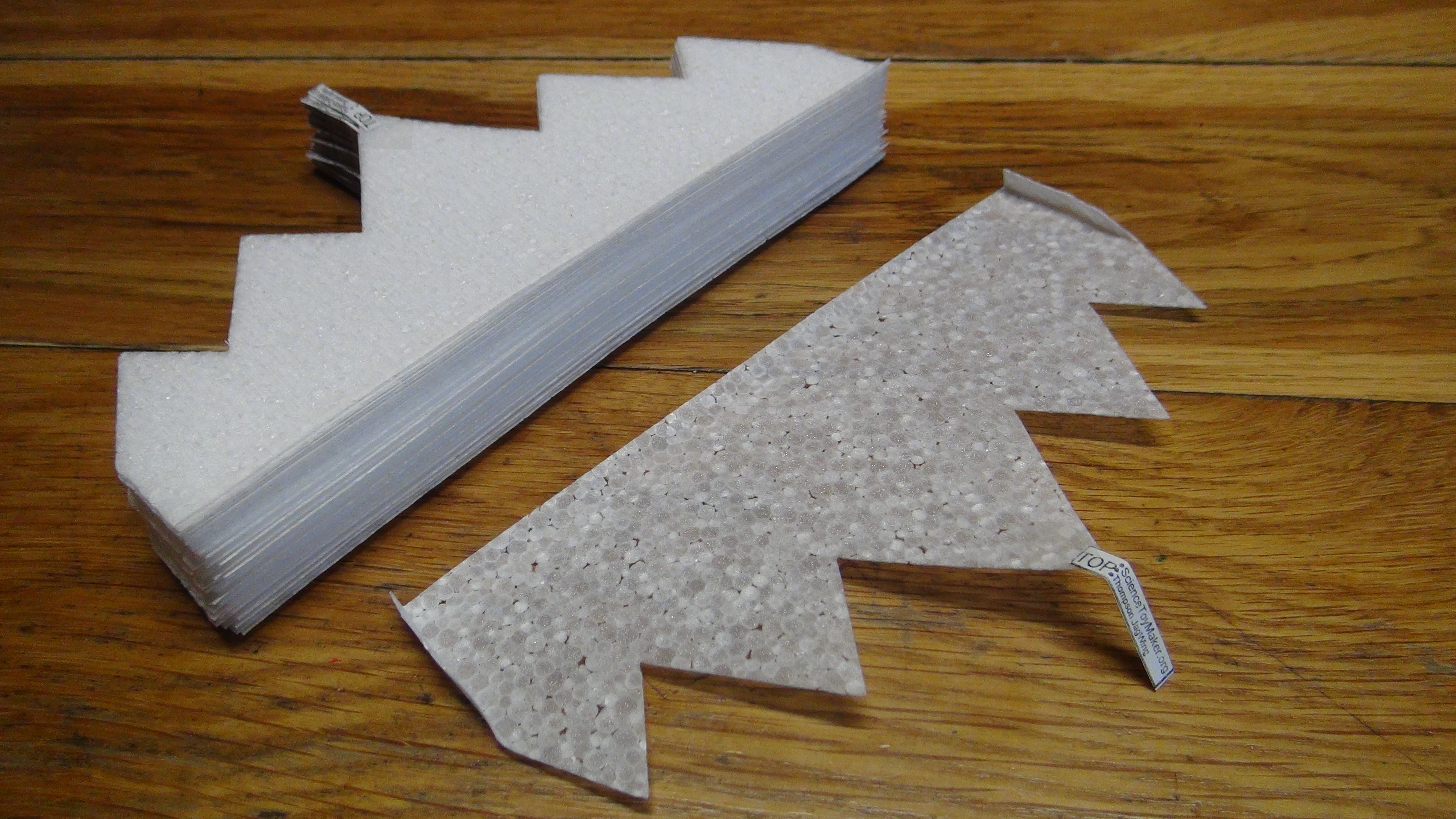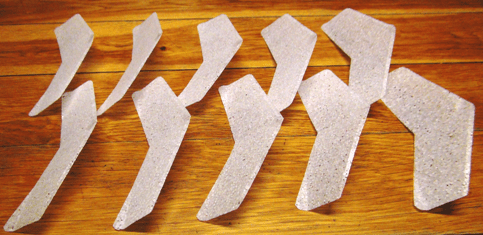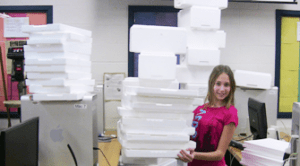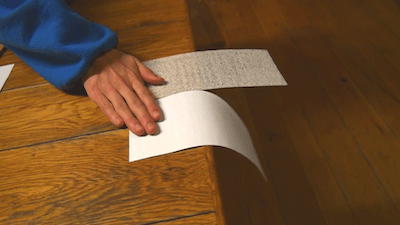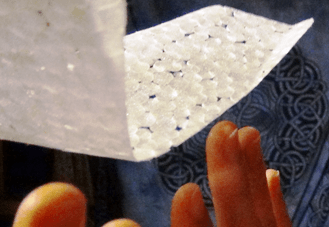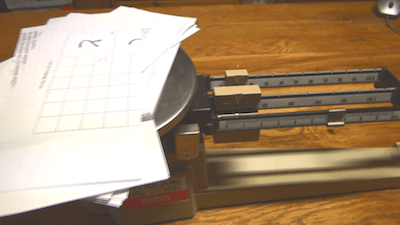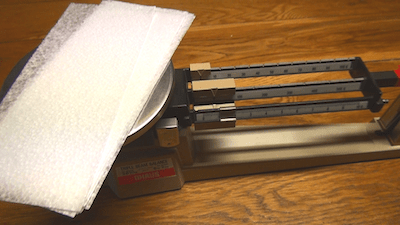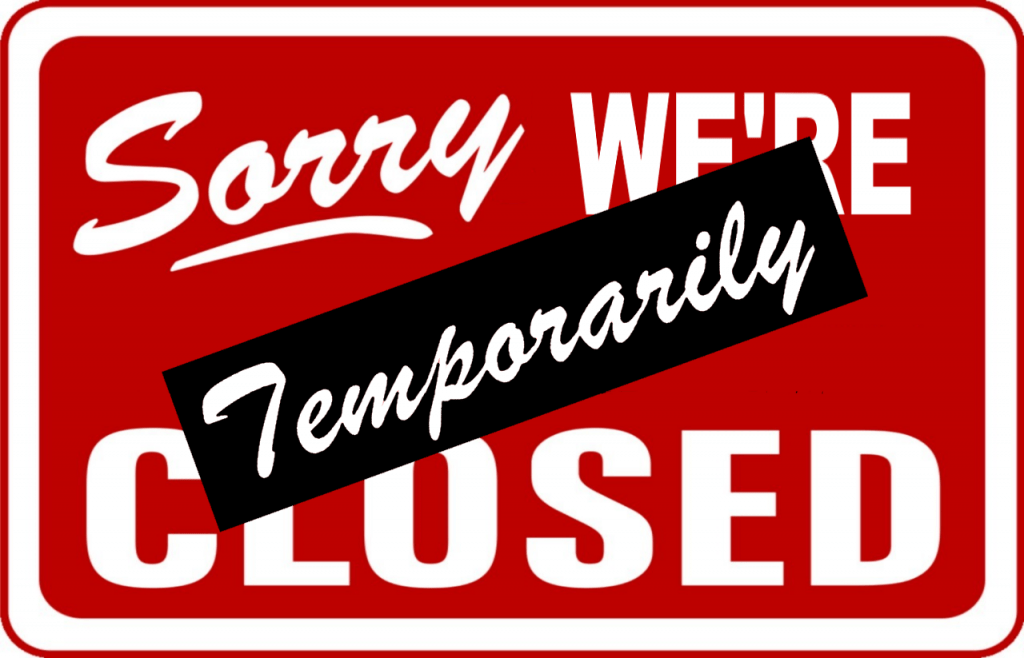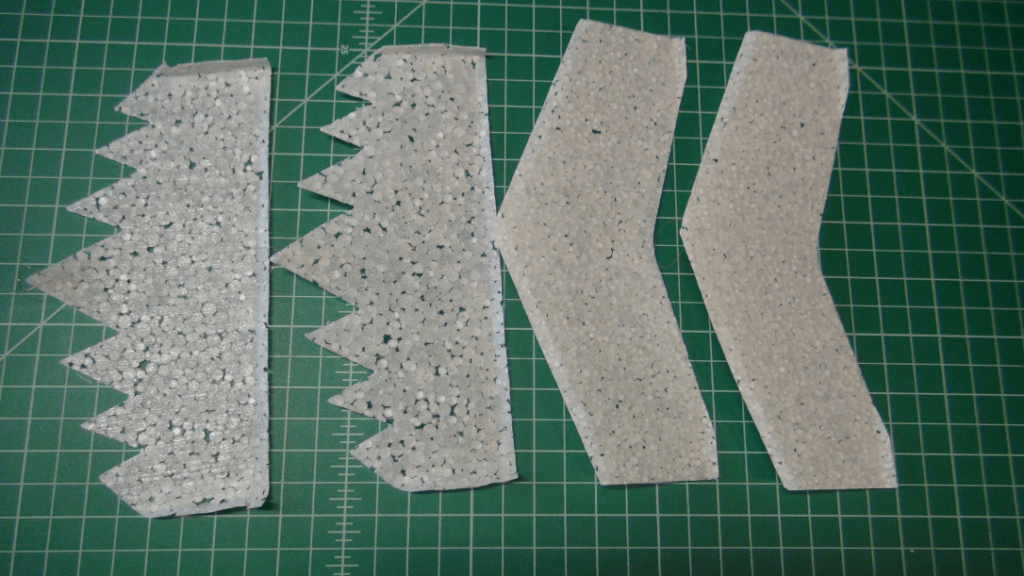
2 Jagwing gliders (4 kg/㎥ foam)
2 Baby Bug gliders (6 kg/㎥ foam)
Price and Shipping
U.S. customers: $9 USD + $3.50 flat-rate shipping
(even for multiple orders gliders, which are sent in a single box).
Read these notes before ordering
You can change quantity after adding to the cart.
International Customers: $9 USD + $14 flat shipping rate (but if you ordered anything else, we might be able to combine products so you do not have to pay for postage twice; send me an e-mail).
$14 is our actual minimum cost that we pay for postage up to 8 ounces (227 grams). This is the least expensive shipping method and IT IS SLOW!
If you buy a box of another product we can usually tape it together and still weigh less than 227g. If you can contact me, I can calculate an exact PayPal invoice.
More about international postage–delivery time, faster delivery, cost, etc.
If possible, please provide a telephone number in the PayPal page for if there is a delivery problem.
2 Jagwing gliders made from 4 kilograms/cubic meter foam; 2 Baby Bug gliders made from 6 kg/㎥ foam (for comparison, air itself is 1.25 kg/㎥; “regular Time Warp" foam is 10-11 kg/㎥; water is 1000 kg/㎥). Because these gliders are made from such low-density foam, they fly very slowly—so you have time to think and react—excellent for learning to fly! But handle them carefully and find a place with very calm air to fly.
Watch the video about Ultra-Light foam.
If YouTube is blocked for you, try this (heavily compressed) video file (15.8MB MPEG)
This video is about learning to fly gliders Here is how to fly.
Here are tips about teaching groups to fly air-surf gliders.
Read these notes before ordering.
Below is text of the narration from the video
Hi it’s Slater
There is a kind of foam walkalong glider that is so lightweight, so slow flying and so maneuverable that it’s in a class of it’s own.
They might look a little like paper airplanes, but they have characteristics more like the indoor airplane models that are ultra light, ultra slow-flying—and require still air and careful handling. (Mike Duran footage of indoor planes.)
Ultra ready-to-fly gliders are made from EPS foam with a density of 4 to 6 kilograms per cubic meter. That’s less than 5 times the density of air itself (for comparison, water is roughly 800 times more dense than air). Ultra foam is even lighter and slower flying than regular Time Warp gliders.
If you are just learning to fly—including hands-only flight—the slow Ultra gliders are ideal because you have time to think and react. If you only have a small, cluttered room to fly in, Ultra gliders are maneuverable enough to fly around stuff.
Handle gliders very carefully; Ultra tears easily. That’s the trade-off: lightweight and slow flying; but super delicate.
In dry weather, keep an eye out for static cling. You probably will not see it this bad, but mild static cling leads to board takeoff problems—flipping over and careening to the side. It usually comes from sliding the glider into position—the rubbing creates static electricity. So always pick up your glider instead; don’t slide it. If static cling is not too bad, you can launch by hand so the board never gets close enough to stick. Holding the glider over steamy water vapor discharges the static cling in seconds.
The Ultra foam we use, EPS, strands for “expanded polystyrene”, the white foam that looks like this when you break it. It’s sometimes incorrectly called “Styrofoam”]]]]]. EPS is NOT all the same, but even the heaviest EPS is much lighter than paper, and more rigid than paper. The little white spheres are expanded from beads in a process somewhat similar to popping popcorn. But for EPS, an expanding gas called pentane is used. Pentane is heavily regulated in the west and Japan.
Pentane is less regulated in China, so China seems to be the only country that manufactures really low-density EPS. The lowest density foam in China is about 4kg/M3. It flies very well, but has big beads and big gaps in-between that some people don’t like, so I usually send out 6kg/M3 gliders. Lowest density foam in North America is 10kg/M3
So my only supply of Ultra foam is from a store where my friend Rob Beiter helps me collect and recycle it. It’s used in packaging for the small proportion of furniture and other items imported from China. The irony is not lost on me: it starts out as humble cushioning that’s intended to be just thrown away upon arrival. But when we find the right stuff, there’s a profound transformation into elite gliders weighing little more than the air they displace. There must be a metaphor in that.
Ultra foam is more expensive because sorting involves weighing and measuring each piece to calculate density. Only a small fraction of the supply is usable. Then the various little scrap pieces have to be custom cut to size.
The other kind of foam-- regular Time Warp Foam--is much less expensive because I can buy it in giant, uniform blocks. It’s a little stronger and the best for large groups. It’s more dense than Ultra (10K KG/M 3) but it still flies quite slowly, especially if you start with the Jagwing design. And you can still maneuver in small spaces.
****As well as fly using only your hands to divert the air up, that the glider surfs on.
Unfortunately, foam plates and trays are much denser and thicker.
You can read more about different densities of foam, cutting your own foam and more, by following the links.
Back to Air Surf Shop

